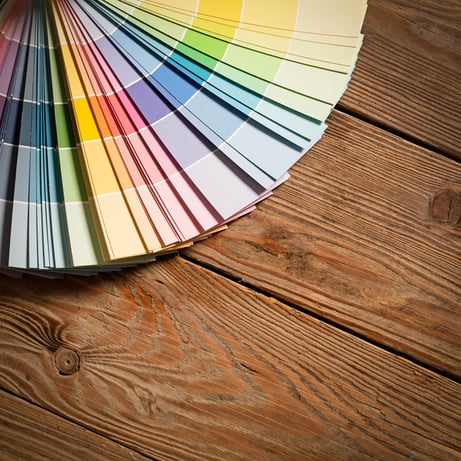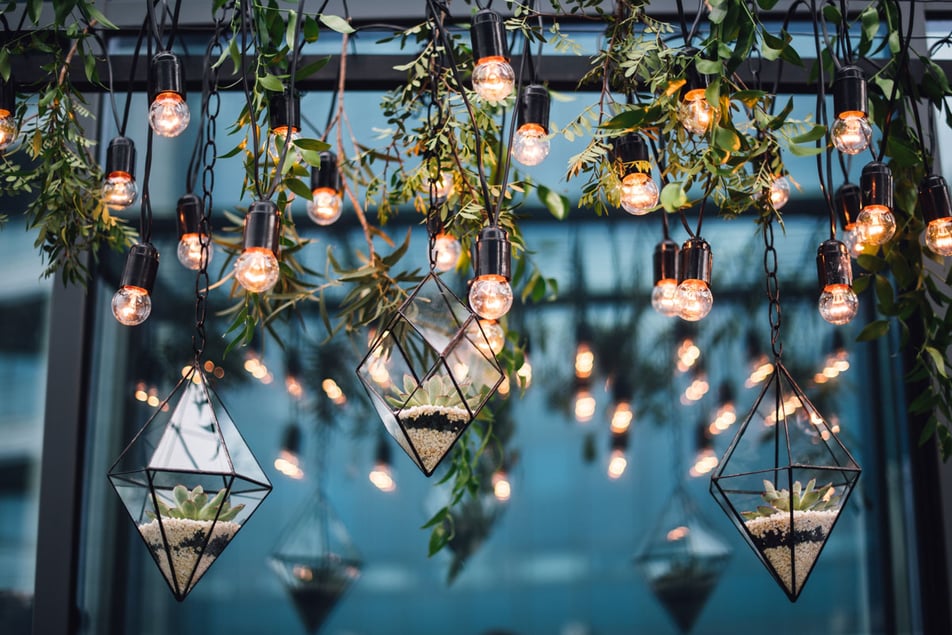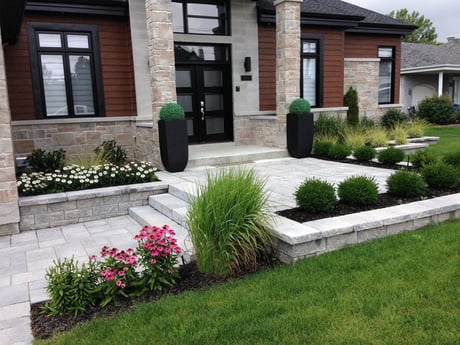Rome wasn’t built in a day. Neither were the gardens of the Palace of Versailles. Breathtaking landscaping takes a lot of consideration, planning, designing - and expertise. You might not be designing the next royal gardens, but for your landscape to be beautiful and meet the needs of its intended use, it needs to be well designed. Commercial landscaping always needs the input of professional landscapers but for homeowners, there is plenty of advice on how to get started by yourself, especially if you’re designing on a smaller scale, for your back or front yard.
It’s especially hard to factor in eco-friendly features when designing your landscape without experts, and sustainability has to be a deciding factor in everything we do in this day and age. Once you’ve established your landscape design ideas, the experts can come in and lend a helping hand to tell you what’s achievable in your precise location and what options are better for the environment as much as your budget.Perhaps you’re designing a landscape on an app, or maybe you’ve been inspired by the wonderful work of Piet Oudolf or Beth Chatto; regardless of where you’ve started, we will tell you exactly what you need to know to get started with landscape design and optimize your space ready for installation.
Color Scheme
When beginning to design your landscape, think about the color of your property, the backdrop to your yard and any other permanent features that stand out so you can match your color schemes appropriately. This is particularly effective when planting vines to cover the house or hanging baskets by your front door and will both make the neighbors jealous and increase your property’s curbside appeal.

It’s also important to plan for all seasons. What plants bloom in winter? What produces bright berries in fall? Planning properly like this will ensure your yard is colorful all year round so you never miss out on the aesthetics. Succulents are perfect for this in drought-prone landscapes, as they come in all different colors which they maintain all year long, and require very little maintenance. When you’ve chosen your plants, remember that plants are visually more appealing when planted in odd numbers.
Crucially, bear in mind that your garden will grow… when you first start implementing your design it might look beautiful, but your trees will get bigger and so will your shrubs, so make sure they don’t block out the sun for your sun-loving plants or make your garden too cramped and do your research beforehand!
Hardscape Features
Each landscape needs a certain number of hardscape features, but it’s important to match the size to the space you have. If you want a patio area, then consider using smaller tiles for a smaller space and larger ones for a larger space in order for a more visually pleasing perspective. Similarly, for smaller gardens, stepping stones make great paths over concrete on paving as they save space and bring you closer to your landscape.
Highlight aspects of your yard with solar lighting which is also good for the environment. Twist a string of fairy lights around a tree or hang bunting-like bulbs around your seating area for those late nights enjoying the outdoors. Pergolas also benefit from string lighting, especially for seating areas

Whether it’s your dining area or your secret garden for your relaxation, pergolas provide much needed shade while allowing the passage of air and can look stunning with grape vines or colorful wisterias adorning them.
Water features can look stunning in all landscapes regardless of size. Fountains, bird baths and ponds will create relaxing sounds for you to enjoy, while also reflecting the magical colors of your garden.
Sections
Creating different sections in your landscape will give the sense of more space, especially when combined with curved pathways leading you and your guests through your yard. Pale fences marking the borders of your property also work well to give the sense of space while making the colors of your flowers pop.
Your sections also allow for different activities, such as a secret garden for relaxation, a lawn for the kids to play soccer, a vegetable patch or an outdoor seating area for dining and entertaining. But it’s important for these sections to be practical - you don’t want to walk half a mile with your dinner to reach your table, nor do you want your space for relaxation next to noisy neighbors or busy roads.
Sustainability
When designing your landscape, big or small, it’s important to think about sustainability. You want your yard to be eco-friendly as much as it is practical and whether you have green fingers or not, having a high-maintenance garden can be exhausting.
That’s why you should choose native plants for your landscape as much as possible as they require less attention and are more easily purchasable, reducing carbon emissions caused by transportation. You can also choose high-CO2-absorbing plants to actively join the fight against climate change.
But, understanding the topography of your landscape is imperative. Where gets the most sun? Which part is constantly shaded? Are there slopes and dips where rainwater collects? What composition is the soil? Each of these aspects changes what plants you should consider planting in your yard as well as where they should be placed.
 Visualize
Visualize
As the modern world is rapidly becoming more digital, there are an increasing number of applications for mobiles and PCs to help you design your landscape. However, if you’re not tech-savvy or prefer simplicity, tracing paper and pencil works just as well. Map out the size and shape of your landscape to scale and simply draw on the tracing paper different structures, flowers and features you’d like to include in your landscape. If it seems too busy or you don’t like the placement of something, just draw over it on another sheet of tracing paper and move the bits you don’t like!
Don’t forget to include the area surrounding your landscape. You can optimize your landscape by making the most of the view from your landscape, using hedges and flowers to draw the eye to nearby points of interest or stunning backdrops.
Don’t fancy designing your landscape yourself? Why not call on the professionals?
At Karaoglu landscaping, we have three decades of experience in landscape design, development and maintenance, for commercial and homeowners’ landscapes, all with our customers’ visions in mind. Check out our Gallery Pages here to see what design work we’ve previously done!
![karaoglu-web-footer[7].webp](https://blog.karaoglu.com.tr/hubfs/karaoglu-web-footer%5B7%5D.webp.png)
